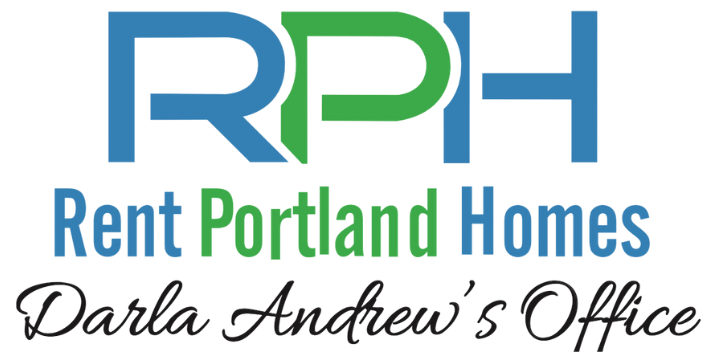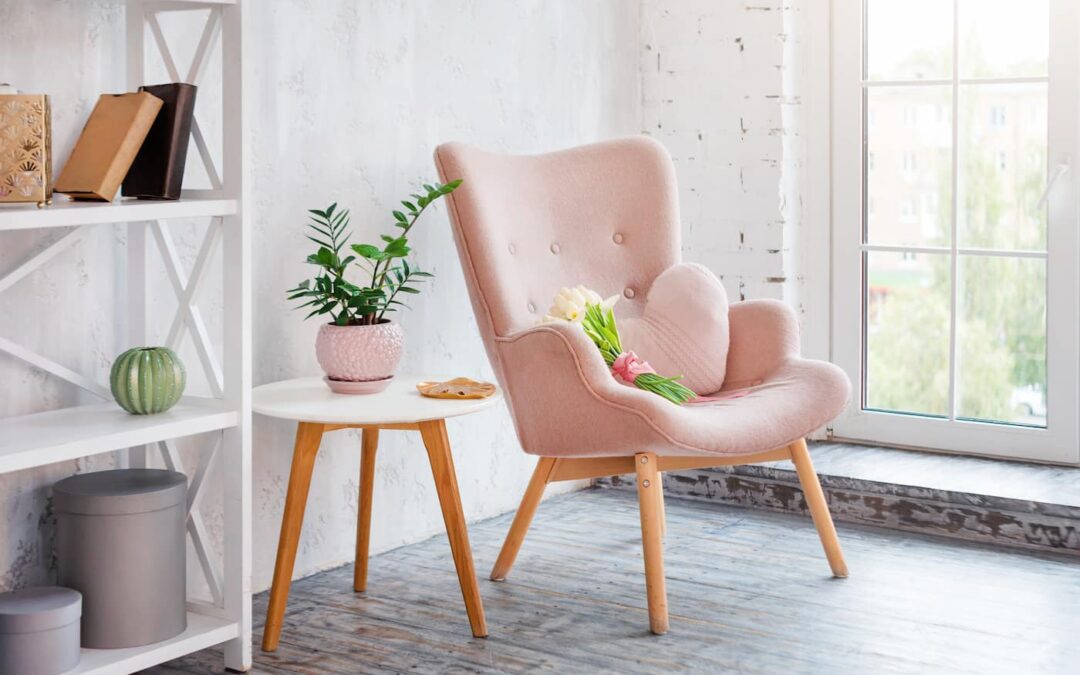Renting a home offers flexibility and convenience, but it often restricts how much you can customize your space. While you may dream of creating a cozy oasis that reflects your personality, navigating the fine line between personalization and lease violations can be challenging. In this guide, we’ll explore creative ways for decorating your rental without risking your security deposit or violating your lease agreement.
Understand Your Lease Agreement
Before making any changes to your rental space, it’s crucial to carefully review your lease agreement. Leases typically outline the landlord’s policies regarding alterations, painting, and other modifications to the property. Some landlords may allow certain modifications with prior approval, while others may have strict rules against alterations altogether. Always keep a copy of your lease and reference it before decorating your rental in ways that could cause damage.
Embrace Temporary Solutions
Fortunately, plenty of temporary and non-permanent solutions allow you to customize your space without causing permanent damage. You might be surprised to learn you can even customize your rental with wallpaper, new tiles, and adhesive hooks to achieve the look of permanent fixtures that you can easily remove when your lease ends. These are excellent options for adding color, texture, and functionality to your space without damaging walls or surfaces. These temporary solutions are easy to install and remove, making them ideal for decorating your rental without violating your lease.
Furniture and Accessories
Investing in furniture and accessories that reflect your personal style is another effective way to personalize your rental. Opt for versatile pieces that can easily transition with you to future homes, such as area rugs, throw pillows, and wall art. Additionally, incorporating houseplants and greenery can breathe life into your space and create a welcoming atmosphere without permanent changes. Portland is also well known for its thriving second-hand and free-cycling scene. For renters on a budget, there are lots of resources to get furniture and accessories at a discount, or even free.
DIY Projects
Get creative with do-it-yourself projects that allow you to customize your rental while staying within the boundaries of your lease agreement. From creating custom artwork to upcycling furniture, there are countless ways to put your stamp on your space without causing damage or violating your lease. Just be sure to use non-destructive methods and materials that can be easily removed or reversed.
Communication with Your Landlord
When in doubt, communication is key. If you’re unsure whether a proposed modification or decoration violates your lease agreement, it’s best to consult with your landlord or property management company. First, it ensures compliance with the terms of the lease agreement, which often stipulates that any alterations must receive prior approval. Failure to do so could result in financial penalties or legal ramifications.
Additionally, discussing decorating your rental with the landlord fosters a cooperative relationship and demonstrates respect for their property. Landlords may have valid concerns regarding the proposed alterations, such as potential damage or safety hazards, which can be addressed through open dialogue. Open and honest communication can help clarify any gray areas and prevent misunderstandings that could lead to lease violations or conflicts down the line.
The Risk of Unauthorized Alterations
While decorating your rental to suite your personal taste is tempting, it’s essential to understand the risks associated with unauthorized alterations. Violating your lease agreement by customizing your rental without permission can lead to various consequences that could impact your tenancy and financial security:
1. Loss of Security Deposit
One of the most significant risks of unauthorized alterations is the potential loss of your security deposit. Landlords typically use security deposits to cover any damages or repairs beyond normal wear and tear when a tenant moves out. If you make changes to the property without permission and cause damage, your landlord may deduct repair costs from your deposit, leaving you with less money returned to you at the end of your tenancy.
2. Legal Action
Depending on the severity of the unauthorized alterations and the terms of your lease agreement, your landlord may take legal action against you for violating the lease terms. This could result in eviction proceedings, fines, or even lawsuits seeking reimbursement for damages or restoration costs.
3. Rejection of Lease Renewal
Landlords may be less inclined to renew your lease if you have a history of violating the terms of your rental agreement. Unauthorized alterations can strain the landlord-tenant relationship and erode trust, making it more likely that your landlord will choose not to extend your lease when it expires. As a result, you may be forced to find alternative housing, disrupting your living situation and causing unnecessary stress and inconvenience.
4. Difficulty Finding Future Rentals
A history of lease violations, including unauthorized alterations, can make it challenging to secure future rental housing. Landlords and property management companies often conduct background and rental history checks on prospective tenants, and negative marks on your record could cause future properties to reject your application.
5. Damaged Relationship with Landlord
Unauthorized alterations can strain the relationship between you and your landlord, creating tension and mistrust. Building and maintaining a positive relationship with your landlord is essential for resolving issues, requesting repairs, and ensuring a smooth tenancy. Damage to this relationship can make it more challenging to address future concerns and may result in a less enjoyable rental experience overall.
Landlords Can Benefit From Flexible Policies
Many landlords may hesitate to allow tenants to change aspects of a rental, fearing high costs to return the unit to its original state. However, allowing tenants to customize certain parts of their living space can benefit a rental business in the long run. Tenant retention is a critical pillar of creating a long-lasting and profitable rental business, so allowing your tenants to settle into their homes with minor customizations can be a great way to keep them invested in where they live. Overall, this can help encourage tenants to care for the property they occupy, making them more likely to renew a lease year after year.
Make Your Rental Feel Like Home
The limitations on making permanent changes like painting can often discourage renters from fully decorating their rentals. However, adding your personal flair to your living space is an important part of feeling at home. By choosing customizations that don’t leave permanent changes and working with your landlord to respect the terms of your lease, you can turn your rental into your perfect living space and still get your security deposit back. And if you’re looking for a great rental experience from Portland’s premier property management company, look no further than Rent Portland Homes Darla Andrew Office. We pride ourselves on our fast and clear communication with tenants and have a wide variety of rental properties available throughout the Portland metro area. Check out what we have to offer today!


Recent Comments